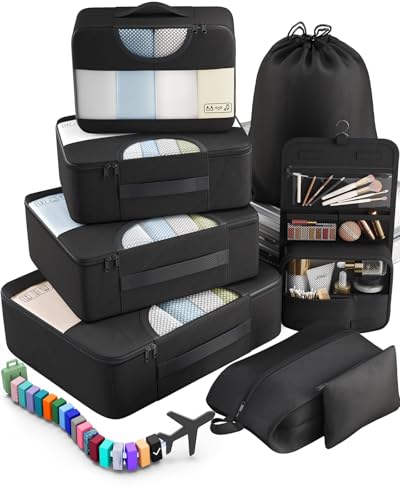In Croatia, they use Type C and F power plugs and outlets. The voltage is 230V, and the frequency is 50Hz.
So, you’ll need a travel adapter in Croatia. Their plugs and outlets are different from the Type A and B ones we use back in the States.
Quick Overview of the Plugs in Croatia:
- Plug type in Croatia: C and F
- Standard voltage: 230V
- Frequency: 50Hz
- Need a travel adapter? Yes, you do need a travel adapter
- Need a voltage converter? Device-specific — check before you pack
- Recommended plug adapter: One Beat International Power Adapter
All information on this page is carefully verified through official data from local electrical authorities, IEC international standards, and real-life input from travelers worldwide.
The Only Travel Adapter You’ll Need in Croatia
Choosing the wrong travel adapter can fry your devices—or worse, leave you without power. We don’t sell them, but we’ve tested and researched the best option for Croatia, covering voltage, safety, price, charging speed, and durability. Here’s the best choice:
Recommended Travel Plug Adapter
by 6,500+ travelers on Amazon
Traveling or already abroad and realized you don’t have a power adapter? That happens. You can often buy one after you arrive, but bringing one from home is still the smarter move.
People visiting Croatia often continue on to Slovenia, Bosnia and Herzegovina, and Hungary. Plug compatibility isn’t always the same.
Power Outlets in Croatia
In Croatia, they use Type C and F power plugs and outlets.
Type C

Type C outlets have two round prongs and no grounding pin. Type E and F plugs usually fit too, but grounded plugs will need an adapter.
Type F

Type F outlets have two round prongs and grounding clips on the sides. Type C and E plugs will also fit.
Do You Need a Voltage Converter?
In Croatia, the power supply operates on a different voltage than the U.S. standard of 120V, so a voltage converter is likely required for your devices to work properly.
Always double-check the voltage label on your electronics before traveling. If you see “100-240V, 50/60 Hz”, your device is compatible with multiple voltage systems and won’t need a converter. This includes phones, laptops, tablets, cameras, and personal care devices.

Which Travel Devices May Need a Converter?
Looking for a solid voltage converter? These highly rated options are a good place to start.
| Device | Need Converter? | Notes |
|---|---|---|
| Phone | ❌ No (usually) | Most modern phone chargers are dual voltage (100–240V) |
| Laptop | ❌ No (usually) | Check the power brick label for 100–240V |
| Hairdryer | ✅ Yes (often) | High wattage; many models are not dual voltage |
| Electric toothbrush | ⚠️ Check voltage | Some models are 110V only |
| Camera / DSLR | ❌ No (usually) | Most chargers are dual voltage |
| Power bank | ❌ No | Charges via USB, adapter is enough |
| Electric shaver / trimmer | ⚠️ Check voltage | Older or cheaper models may not support 230V |
| Tablet / iPad | ❌ No | All models are dual voltage |
| Portable fan | ✅ Yes (sometimes) | Many models are not compatible with 230V |
| Game console | ⚠️ Check voltage | Newer consoles like PS5 and Xbox are often dual voltage — check to be sure |
| Bluetooth speaker | ❌ No (usually) | Charges via USB |
| E-reader (Kindle, etc.) | ❌ No | USB charging only, no converter needed |
Top Travel Essentials to Pack
Once you’ve got your plug situation sorted, take a look at these extras. They can help make everything else easier.
Digital Luggage Scale
Packing Cubes
Power Bank
More About Croatia
Croatia is a land of contrasts—thousands of miles of dramatic coastline, sun-soaked islands, medieval hill towns, and forests dating back to prehistoric times. To travelers from the U.S., it feels like an old-world Mediterranean dream you can actually afford.
The food across regions reflects the country’s layered history: think Dalmatian seafood and olive oil, Istrian truffles and wines, continental stews and pastries. Hospitality is big—family meals are events, not snacks. You’ll come for the sunsets and stay for the food and stories.
Croatia blends beach vacations with culture and history on every corner—and thanks to its small size, you can drive from mountains to islands in just a few hours. It’s one of those places where you get scenic beauty, historical depth, and value all rolled into one.
Top places to visit in Croatia: Dubrovnik, Split, Zagreb, Hvar, and Rovinj.




